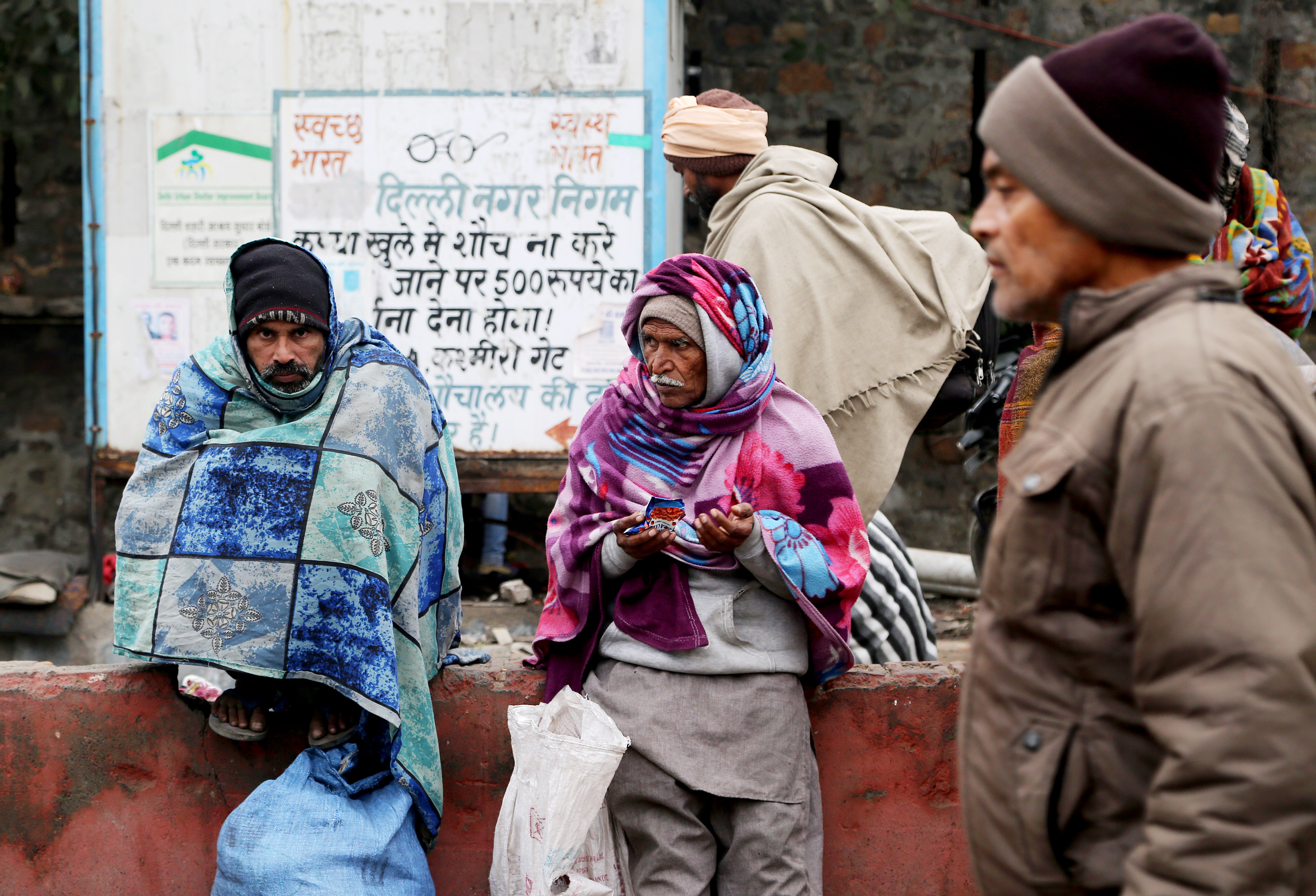
Cold wave tightens its grip in Haryana affecting all spheres of life. The state recorded 4.5 degree minimum temperature on January 6. Cold waves continue to create problems for the animals which is cause of serious concern for the farmers. it came to surface that temperature below normal is badly affecting the health of the dairy animals and their milk yield.
In wake of this, the state Animal Husbandry department has issued an advisory for animal keepers and the agrarian community associated with this business suggesting that they need to come up with extra care to save animals from the cold wave.
Notably, during this season many animals often refuse to eat and become feverish and pneumonitis. If animal keepers do not take proper care then the milk yield of cow and buffalo 10 kg milk can be reduced to 7 kg now. There are about 63 lakh animals in the state. Out of these, the number of buffaloes is about 44 lakhs while the number of cattle is more than 19 lakhs. Pertaining to this, Dr. BS Lora, DG, Animal Husbandry Department said that the department issues advisory from time to time to protect the animals from cold. Animals need extra care in extreme cold weather. In such a situation, animal keepers should not take any kind of carelessness. In wake of the cold wave, the farmers should be in touch with a veterinarian if symptoms of any kind of disease appear.
Further he said that Sometimes a small amount of jaggery can be diluted and sprinkled over the silage and then closed inside the barrel to be used later. We find that the animals love the taste of this feed. What the advisory states is that a cold wave can cause death and injury to livestock and wildlife.
Exposure to cold mandates greater caloric intake for all animals and if a cold wave is accompanied by heavy and persistent heavy snow, grazing animals may be unable to reach needed food and die of hypothermia and starvation.
In wake of this, newly born and young, sick animals with the history of respiratory disease, lactating animals and the weak animals are at risk during cold waves and need special attention. Besides, some cold waves also include kennel cough in pet dogs and frostbite.
Dr Narender Thakral, an expert said that keeping in view the cold wave, the animal keepers need to be updated about the weather forecast. Weak and sick animals should be covered with sackcloth to protect them from the cold. Further he said that in case of occurance of the frost adequate arrangements for artificial lighting and heating should be made.